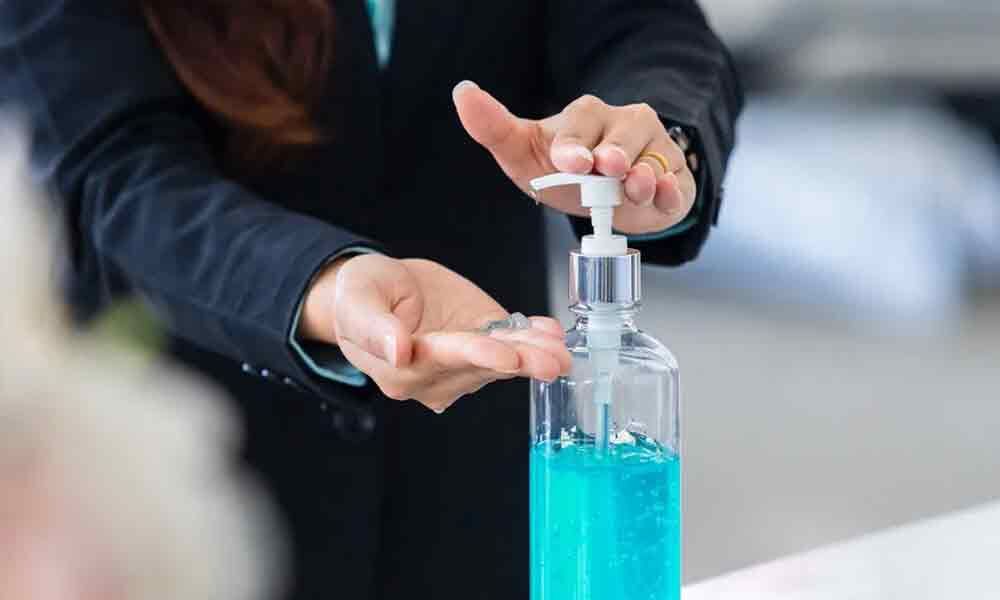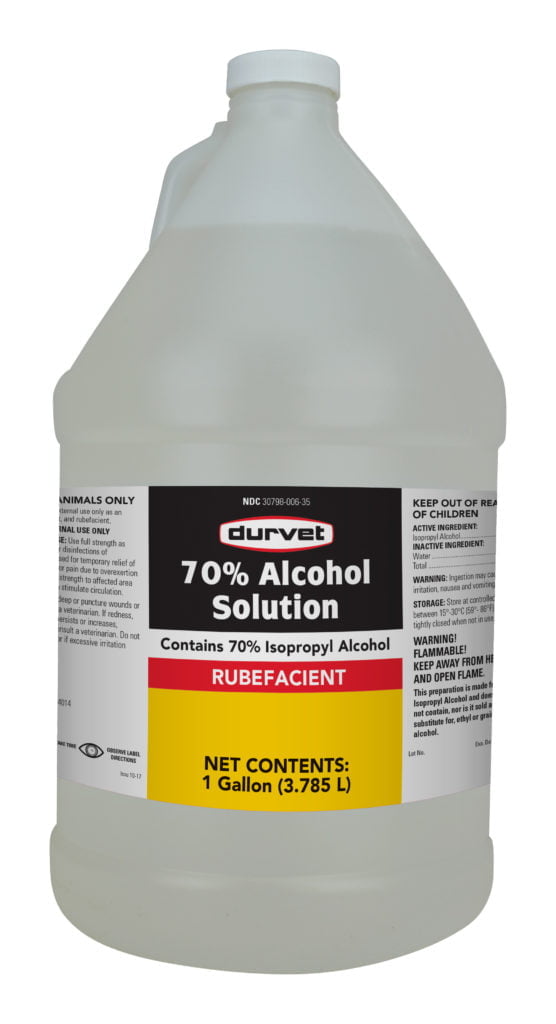Table of Content
Continue to change the pad as it soaks up the ink stain. Similar to mirrors and glass, melting an ice on a car windshield is a household use for rubbing alcohol. The best way to disinfect frequently used personal care items, including nail clippers, tweezers and scissors, is with isopropyl rubbing alcohol.
This is because by irritating the skin, isopropyl alcohol is able to increase blood circulation to that area of the body. Improved circulation helps to ease pain and inflammation. From computer screens to contact pins in ROM cartridges, isopropyl alcohol is a favourite when it comes to cleaning electronic equipment. This is because it capable of thoroughly cleaning a component without leaving any streaks or any damage. It is commonly used in the electronic industry to clean magnetic tape, optical disc drive lasers, and IC packages. It can even be used on CDs and DVDs to wipe away fingerprints because it won’t damage the surface.
Ice Cubes Melting in Water and Isopropyl Alcohol
It then permeates the entire cell and causes all proteins to coagulate. Isopropyl Alcohol is a volatile, flammable liquid with a clear and colorless appearance. It has a pungent odor and produces vapors due to its fast drying properties. If your little one went a little overboard with the stickers, try saturating the sticker with rubbing alcohol.
Isopropanol removes marks, dirt, and grease on oil-based paint walls, tiles, and joints, especially moisture and mildew marks. Add the liquid to the affected area and rub it with a sponge or cloth until it disappears. It also removes stains on clothing, such as pen stains and removes stains caused by oil-based ink. Often referred to as Isopropanol, 2-propanol or IPA is a water-soluble alcohol characterized by its rapid absorption. It is usually found in presentations of 1 liter or more, aerosol or spray, and its concentration is indicated on the label above 99%.
When to avoid using rubbing alcohol
While the concentration of isopropyl alcohol is 100%, the concentration of many brands of rubbing alcohol is 70%. By contrast, rubbing alcohol contains isopropyl alcohol among other ingredients, such as water. Most rubbing alcohol brands contain 70% isopropyl alcohol. Mix a 1-to-1 solution of rubbing alcohol and white vinegar. Pour a little into each ear, then let it drain out.
Dilute a little alcohol and mop the surface as you normally do. You can clean most surfaces by spraying or wiping rubbing alcohol on them. However, don’t apply alcohol to permeable materials like quartz and granite. If you’ve got water in your ears from a pool, mix a solution of 1/2 teaspoon rubbing alcohol and 1/2 teaspoon white vinegar. Pour or place the solution using a dropper into your ear while your head is to the side. Don’t apply it if you have an ear infection or tear in your eardrum as the solution could go deeper into your ear.
Shelf Life of Isopropyl Alcohol
When mixed with water, isopropyl alcohol makes for an effective antiseptic. Other uses of rubbing alcohol include its use in making cosmetics, hand lotions, and aftershave creams. Moreover, isopropyl alcohol is used to denature ethyl alcohol. Isopropyl Alcohol is a liquid that is used extensively for cleaning and disinfecting purposes in households. It is highly effective at removing grime and germs, whether on toilet seats, cleaning counters, or sanitizing toilet brushes.

To do this, a person should dip a cotton ball or pad into the rubbing alcohol. They should then gently wipe it around the piercing on the front and back of the ear. Make your own hand sanitizer by mixing 1/2 tablespoon of isopropyl alcohol, several drops of tea tree oil, and 1/2 cup of Aloe Vera gel. Learn how to make it by watching the video below. Q-tip may be branded as a great tool for cleaning your ears, but they actually push wax deeper into the ear canal.
It Disinfects (Most) Things
Grab the tick close to your pet’s skin and pull it right out. Apply a bit of alcohol to the wound to prevent infection. Follow up by washing your pet to make sure he doesn’t accidentally ingest the alcohol. Cold sores are caused by the herpes simplex virus. While the virus doesn’t fully go away, different things can trigger a cold sore. In fact, can take up to two weeks for a sore to fully heal .

Wait 10 minutes and you should be able to more easily wipe the sticker away. Alcohol has multiple uses in your home, from polishing to disinfecting. Grab a bottle and check the following household to-dos off your list. Rubbing alcohol does have the ability to kill lice, but you should never do that because it can lead to chemical burns on your head.
It never misses from our first aid kits and you can always find it even in the most rudimentary medicine cabinet. Isopropyl alcohol is, no doubt, a tremendously useful agent. It can be used as a survival tool, an antiseptic, and even as a cleaning agent. Using rubbing alcohol safely can get you out of sticky situations – whether it’s treating wounds or cleaning the home. The difference in strength makes rubbing alcohol safe to use in the home to disinfect objects and scrapes on the skin.
Keep reading to learn how ethyl and isopropyl alcohol differ and which one is more effective. Fill the bottle 75 percent full with water and 25 percent rubbing alcohol. Rid faucets and bathroom fixtures of water spots by wiping them down with a cloth dampened with a few drops of rubbing alcohol. The alcohol breaks down the minerals in the water that left the telltale spots on chrome fixtures. Permanent marker isn't always as permanent as the name suggests. Use rubbing alcohol to remove it from hard surfaces such as laminate countertops and hard plastic items, wood furniture, fabrics, and painted walls.
You can try to treat an infected wound with a few home remedies, but there comes a time when medical attention is needed. If you’ve ever used bleach on your tiles or walls you’ll know that if done incorrectly can leave a white, chalky mark. Bleaching bathroom tiles sounds like a simple task, but often the final product doesn’t look right. After that, you can keep the shoes under the sun to help them dry, as it’ll give the best results.

Unfortunately though, they do not destroy bacterial spores. Which explains why solutions of alcohol are not approved by the Food and Drug Administration as a high-level disinfectant. 70% Isopropyl alcohol is effective in killing 99.99% of germs. Then apply the alcohol-based sanitizer afterwards to kill any remaining germs. This guide featured every one of those information and more.
Use a small amount of isopropyl alcohol on a cloth and wipe surfaces clean. To sanitize your sponges, saturate and allow to air dry. Isopropyl alcohol with a concentration of at least 50% is recommended for cleaning purposes. In general, solutions with 60 to 90 percent water tend to be more effective at killing viruses than solutions with concentrations outside this range.

No comments:
Post a Comment